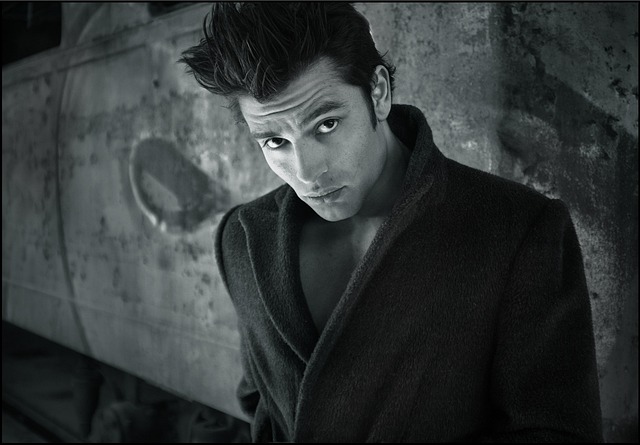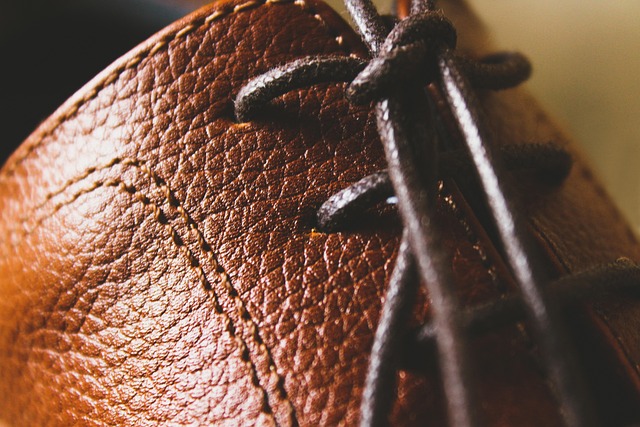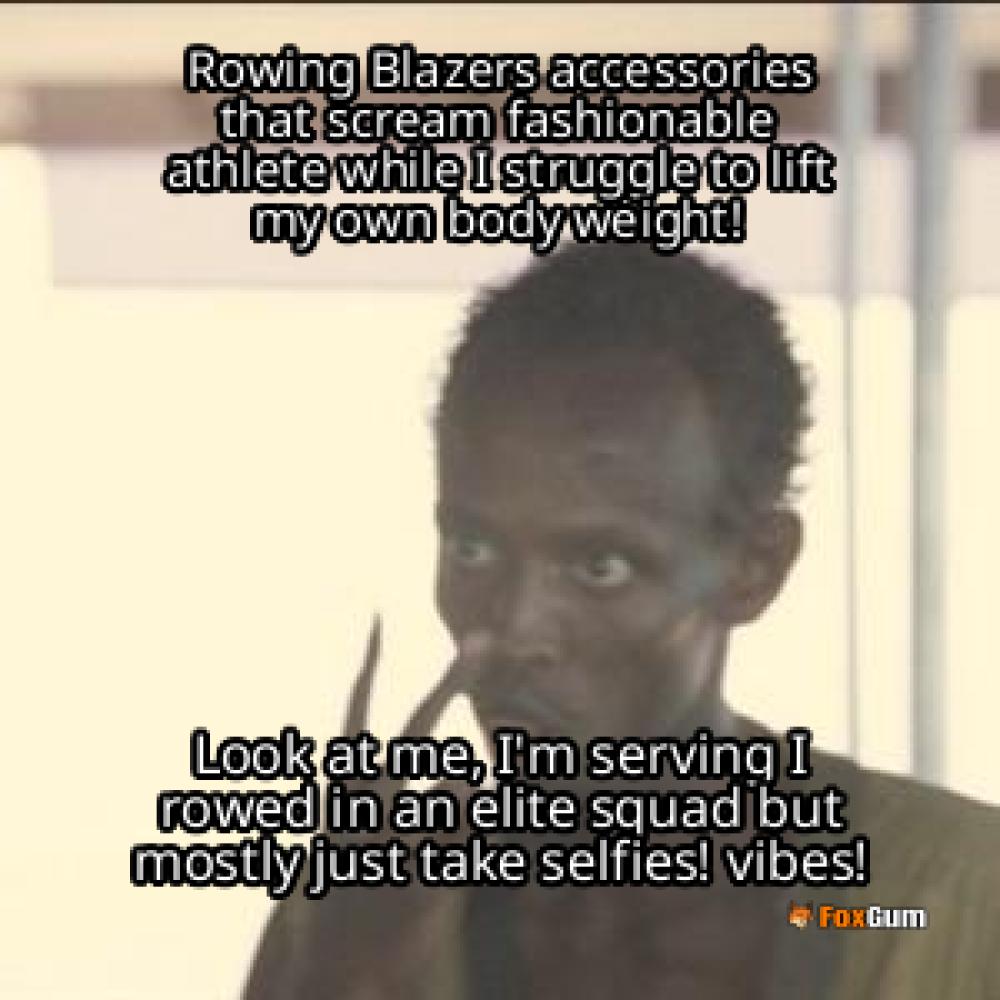
Size Inclusivity in Fast Fashion
Introduction
In recent years, the conversation surrounding size inclusivity in the fashion industry has gained significant momentum. Fast fashion brands, known for their rapid production cycles and trend-driven designs, are increasingly recognizing the importance of catering to a diverse range of body types. This shift not only reflects changing consumer demands but also highlights a broader societal movement towards body positivity and inclusivity.
The Rise of Size Inclusivity
Historically, the fashion industry has been criticized for its narrow standards of beauty, often excluding individuals who do not fit into conventional size categories. However, as awareness of body diversity has grown, many fast fashion brands have begun to expand their size offerings. For instance, collaborations like Megan Thee Stallion’s line with Fashion Nova have demonstrated the potential for significant sales in the size-inclusive market. Within 24 hours of its launch, the collaboration reportedly generated over $1.2 million in sales, showcasing the demand for fashionable options across a spectrum of sizes.
Market Dynamics
The fast fashion sector is dominated by a few key players, with Fashion Nova, Forever 21, and Boohoo commanding substantial shares of the plus-size market, accounting for 39%, 12%, and 10% respectively. Other brands, such as Asos, Pretty Little Thing, and H&M, have also made strides in offering size-inclusive collections. This competitive landscape indicates a growing recognition among brands that catering to diverse body types is not only a moral imperative but also a lucrative business strategy.
Challenges and Controversies
Despite the positive developments in size inclusivity, the fast fashion industry is not without its challenges. Concerns about ethical practices, particularly regarding labor conditions, have been raised. For example, a 2019 investigation revealed that Fashion Nova had illegally underpaid factory workers, prompting a public outcry and a response from the brand that labeled the allegations as “categorically false.” Such controversies highlight the need for consumers to remain vigilant about the ethical implications of their fashion choices.
The Role of Sustainable Fashion
As the demand for size inclusivity grows, so too does the call for sustainable fashion practices. Many consumers are becoming increasingly aware of the environmental impact of fast fashion and are seeking brands that prioritize sustainability alongside inclusivity. Initiatives led by entrepreneurs like Caine, who co-owns Mive—a marketplace focused on size-inclusive, sustainable styles designed by BIPOC—illustrate the potential for a more ethical approach to fashion. By merging inclusivity with sustainability, brands can appeal to a conscientious consumer base that values both style and responsibility.
Conclusion
The movement towards size inclusivity in fast fashion represents a significant shift in the industry, reflecting broader societal changes in attitudes towards body image and diversity. While challenges remain, the increasing availability of fashionable options for individuals of all sizes is a positive development. As consumers continue to advocate for inclusivity and ethical practices, the fashion industry may evolve to better meet the needs of a diverse population, fostering a culture of acceptance and celebration of all body types.
















 Glyphosate Toxicity
Glyphosate Toxicity 
 Health
Health  Fitness
Fitness  Lifestyle
Lifestyle  Tech
Tech  Travel
Travel  Food
Food  Education
Education  Parenting
Parenting  Career & Work
Career & Work  Hobbies
Hobbies  Wellness
Wellness  Beauty
Beauty  Cars
Cars  Art
Art  Science
Science  Culture
Culture  Books
Books  Music
Music  Movies
Movies  Gaming
Gaming  Sports
Sports  Nature
Nature  Home & Garden
Home & Garden  Business & Finance
Business & Finance  Relationships
Relationships  Pets
Pets  Shopping
Shopping  Mindset & Inspiration
Mindset & Inspiration  Environment
Environment  Gadgets
Gadgets  Politics
Politics 